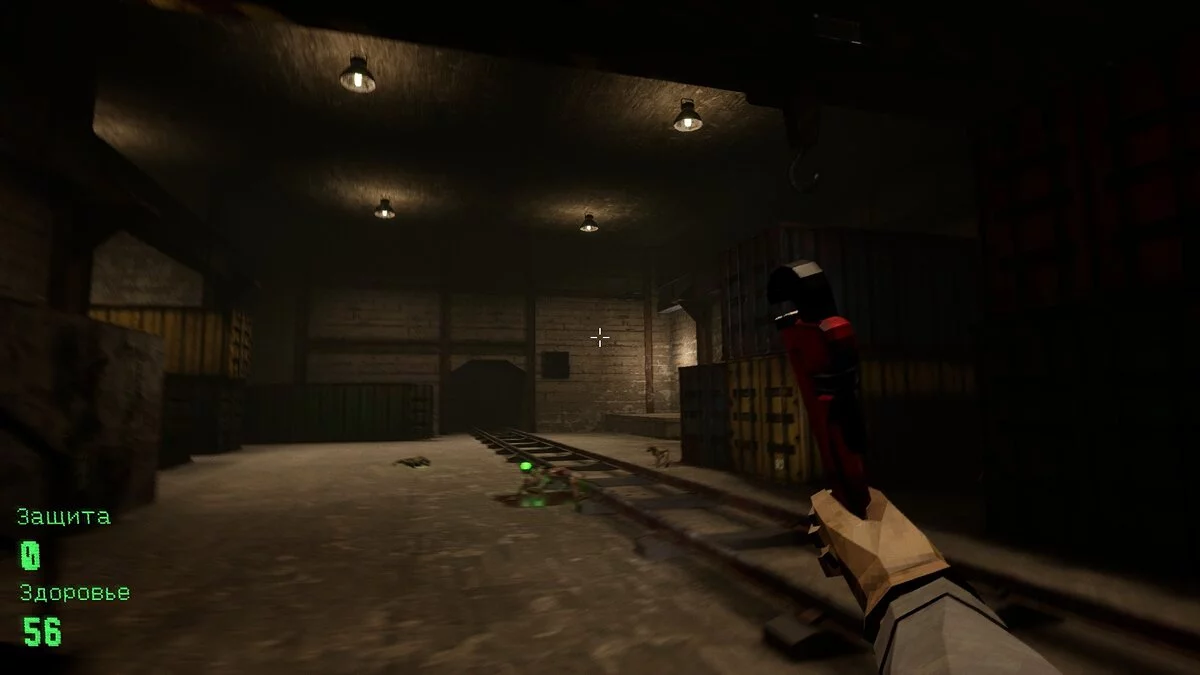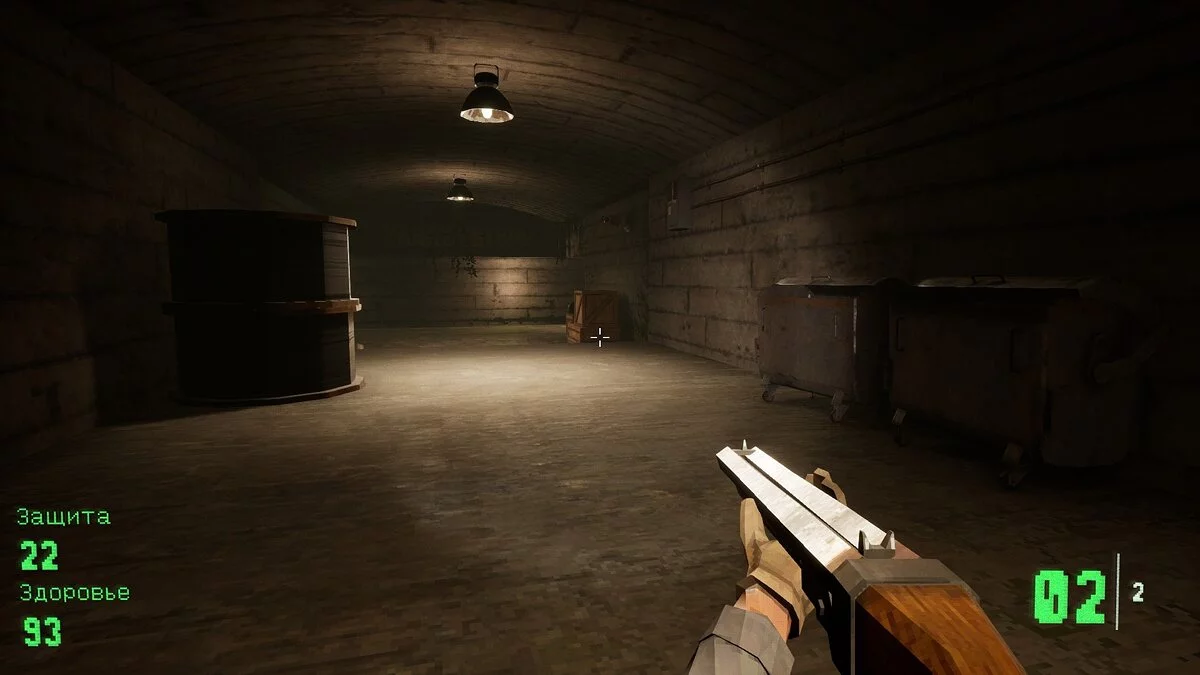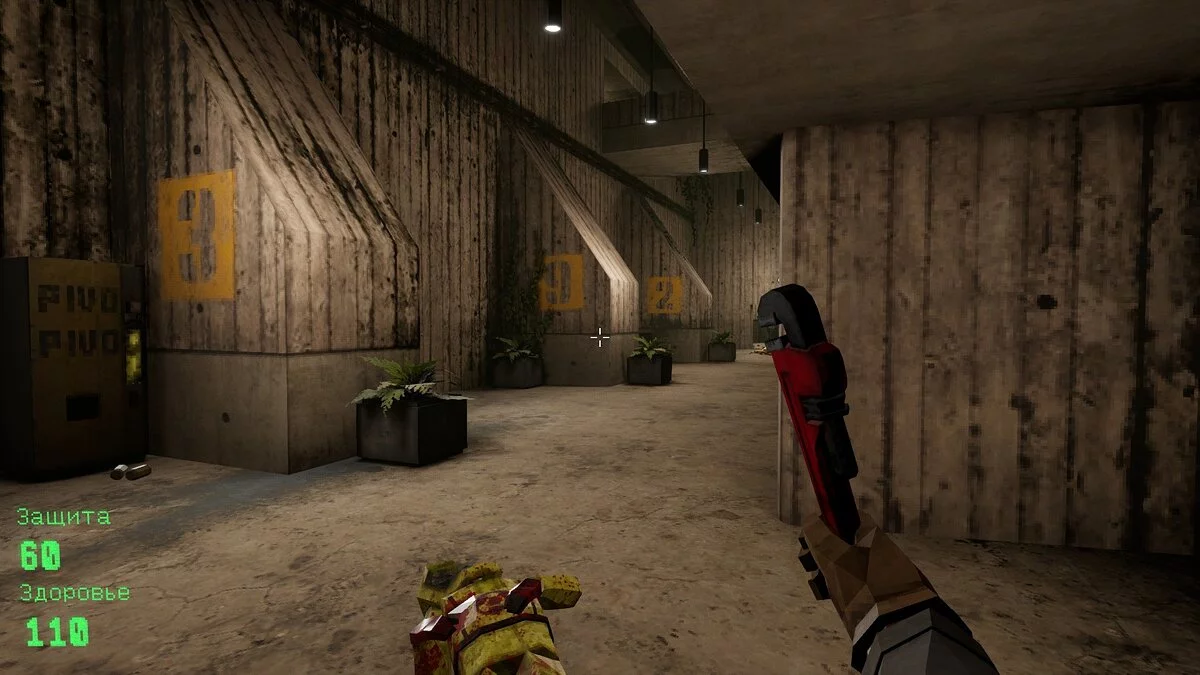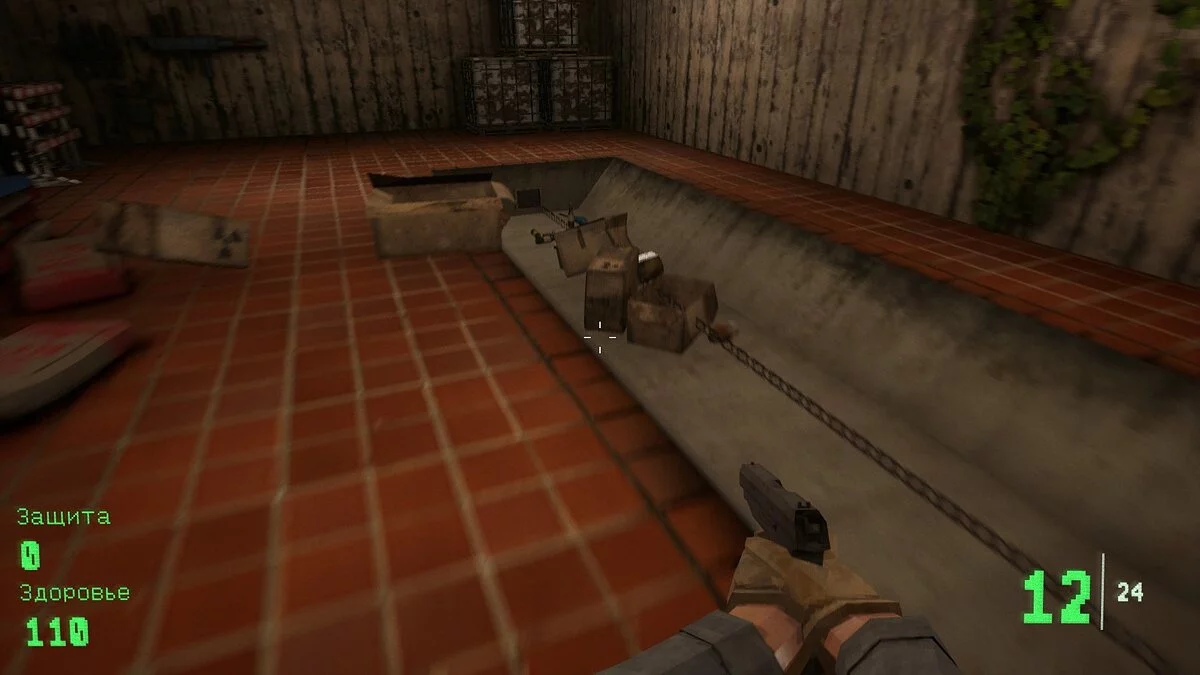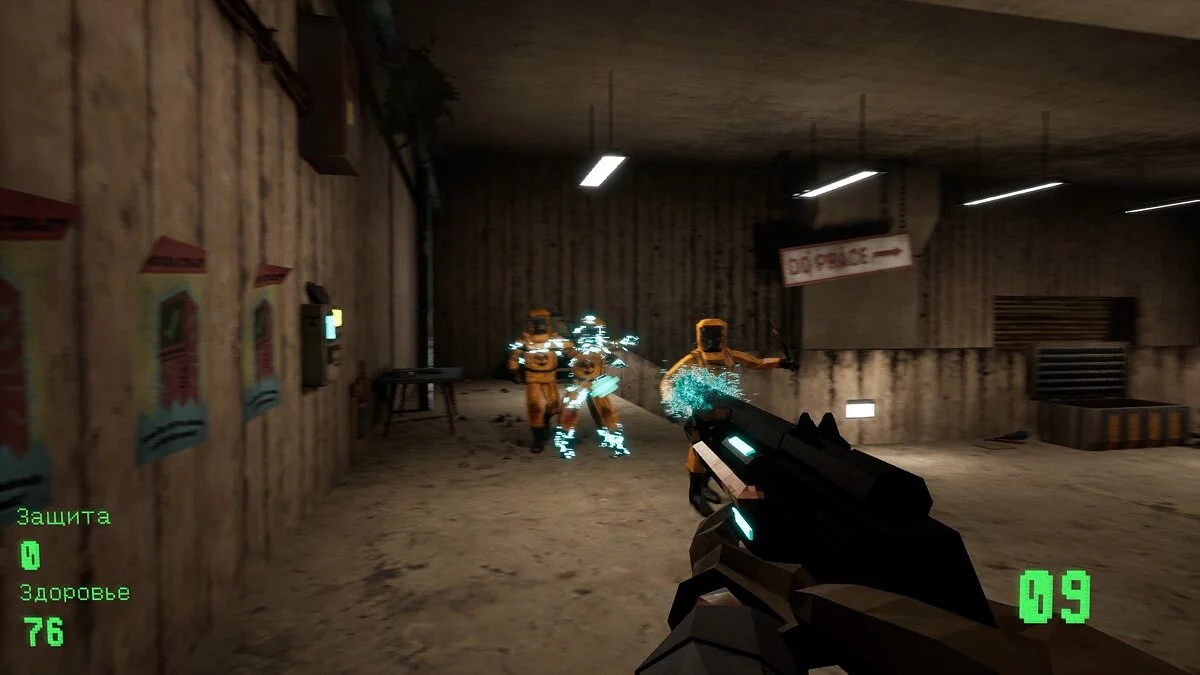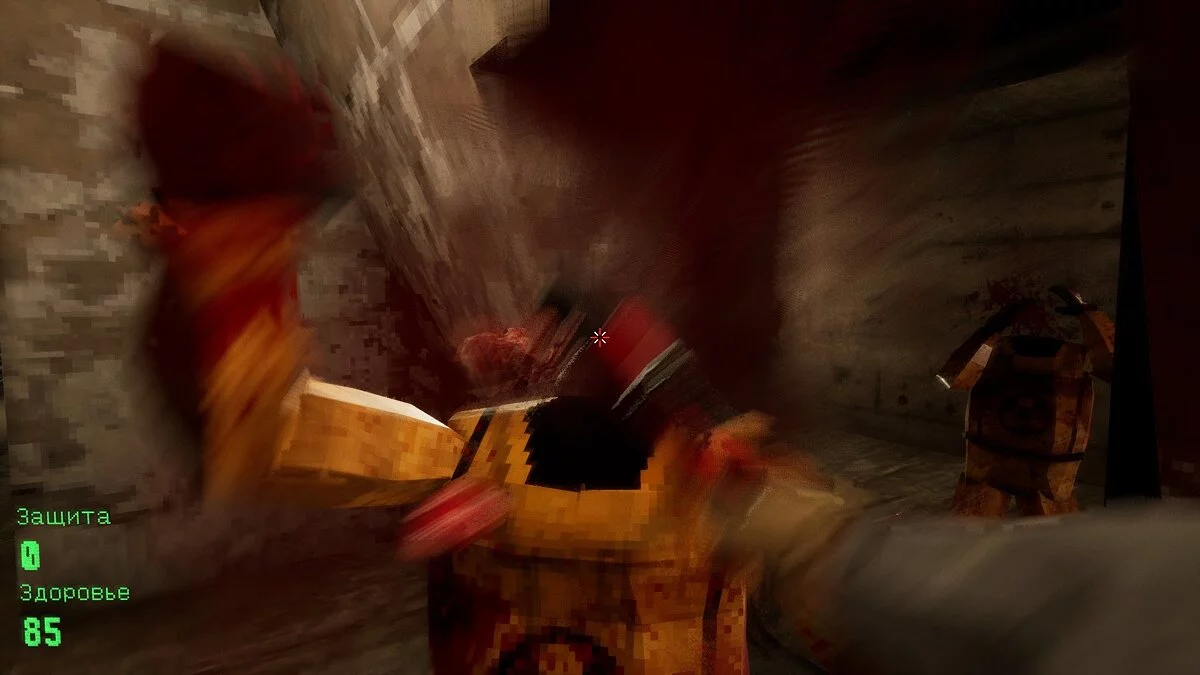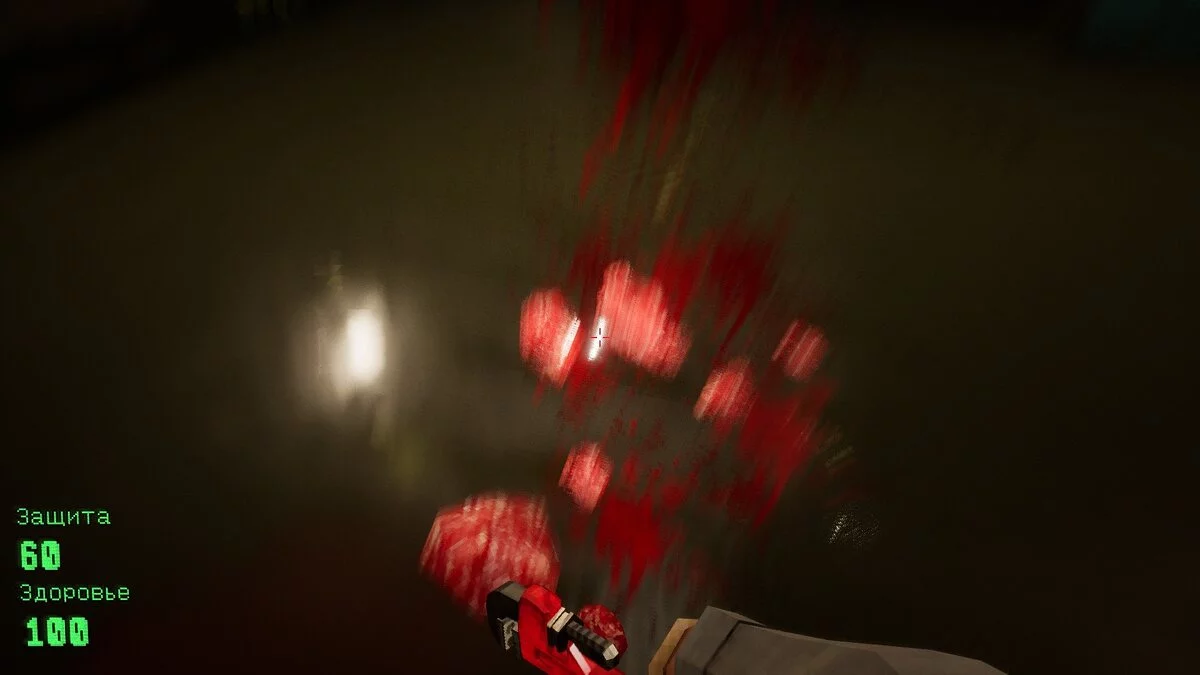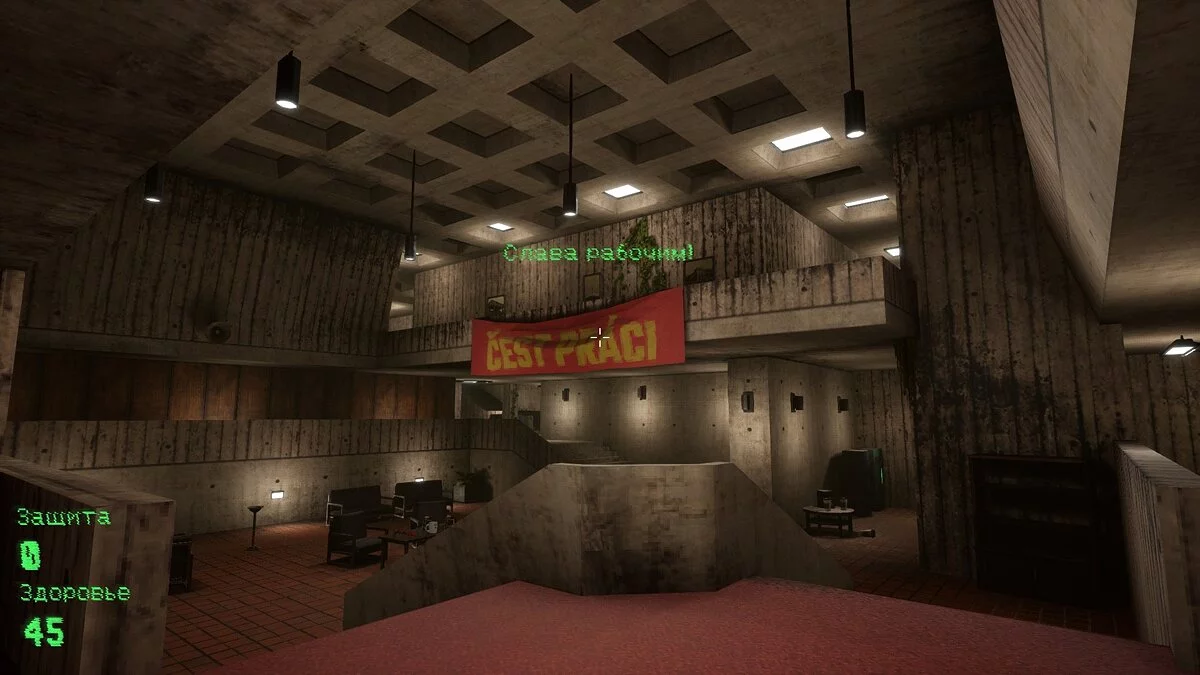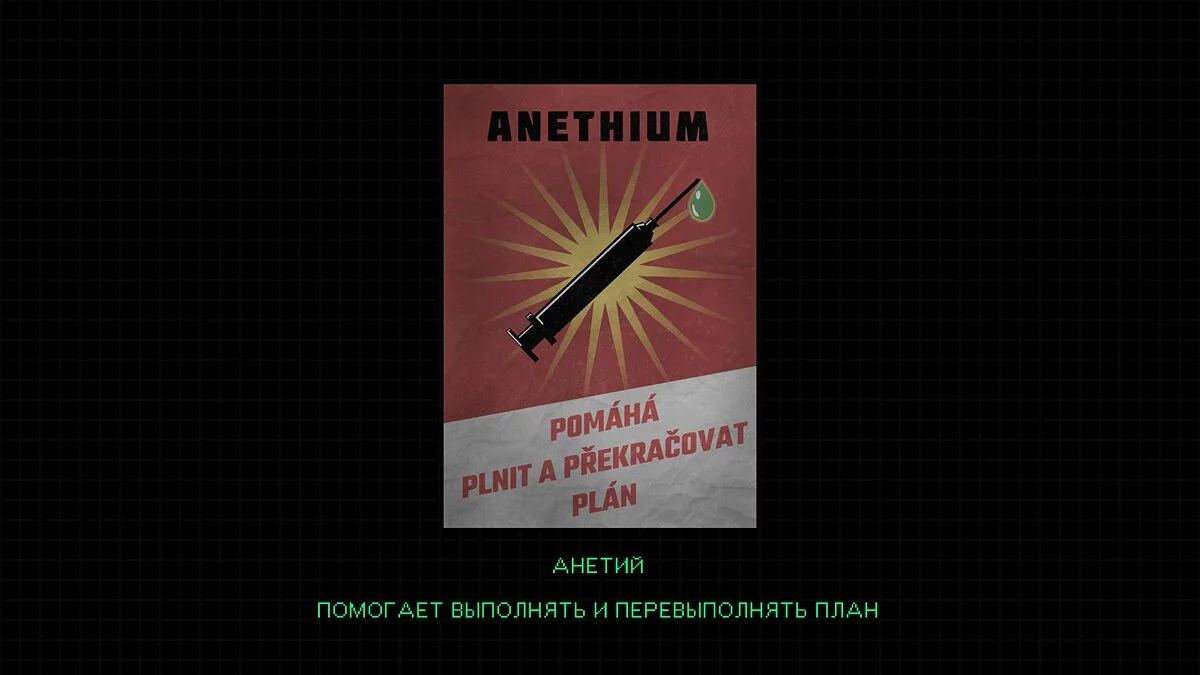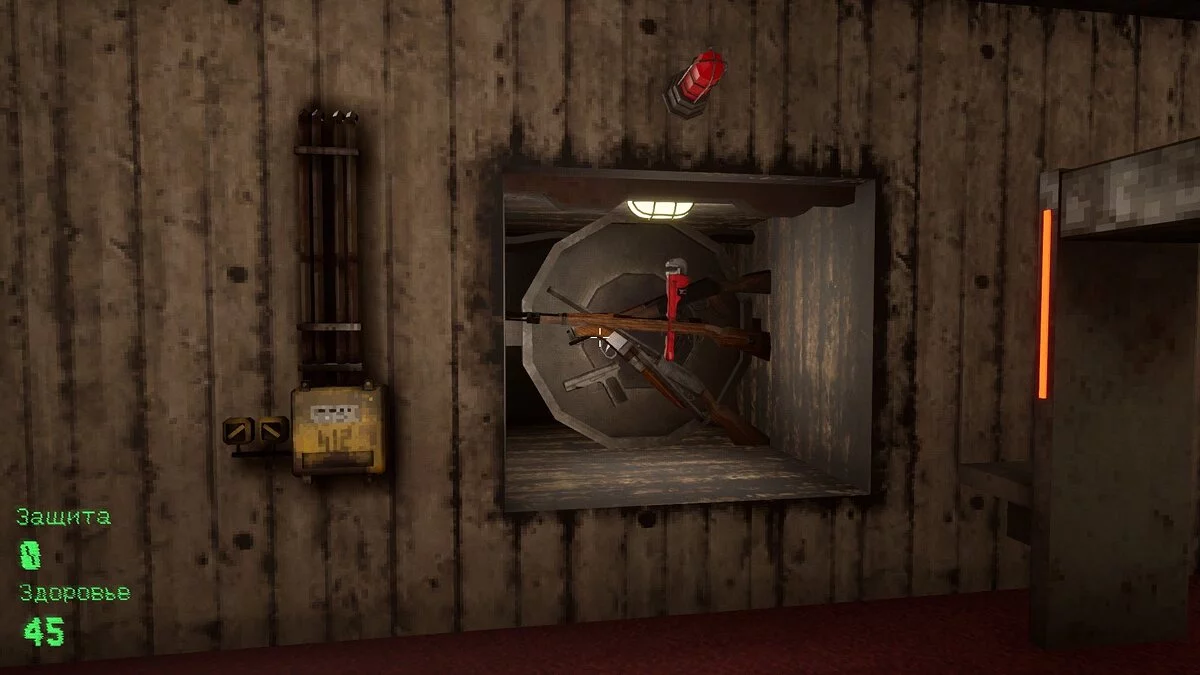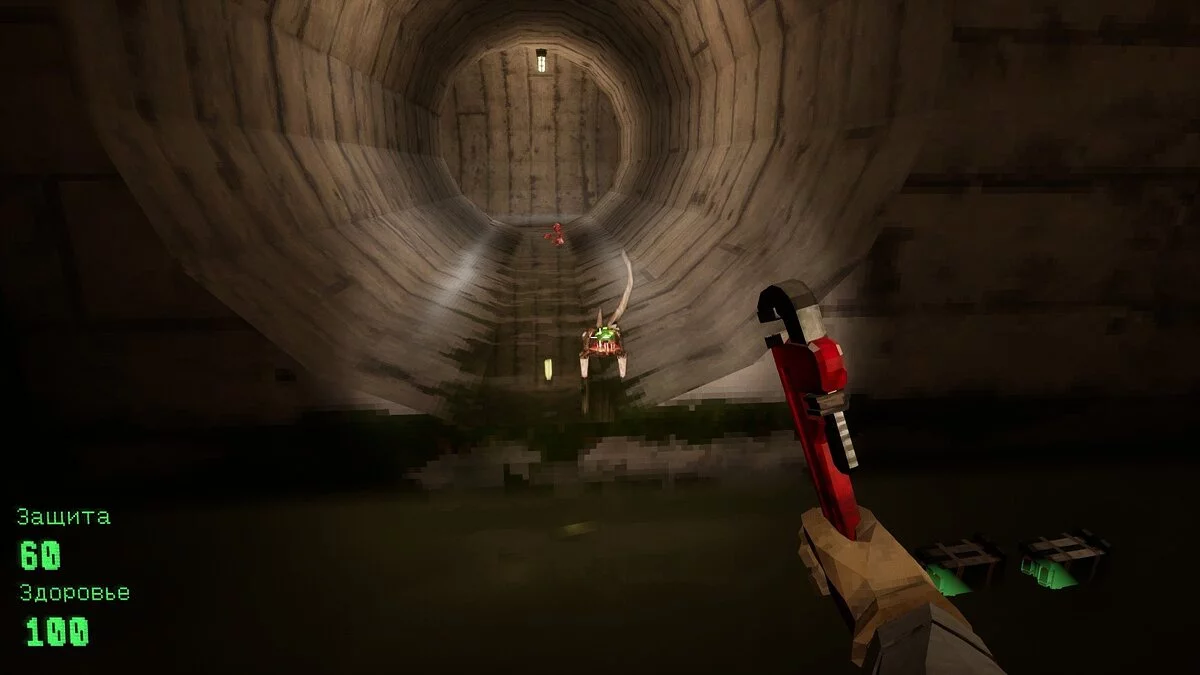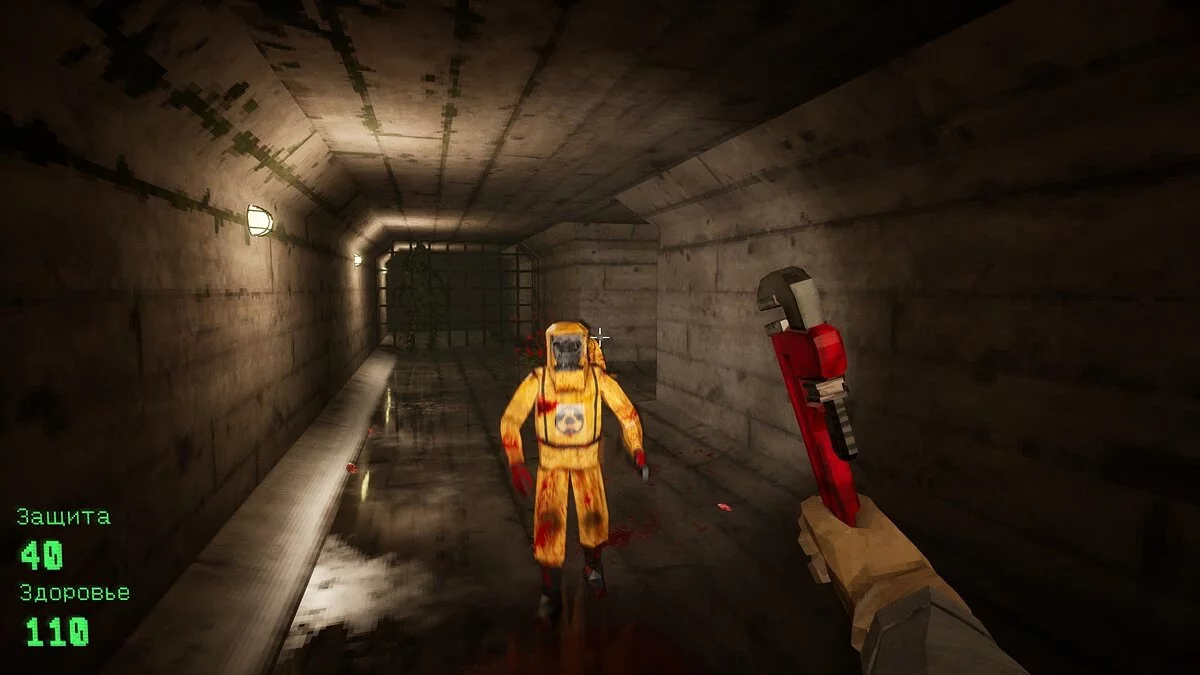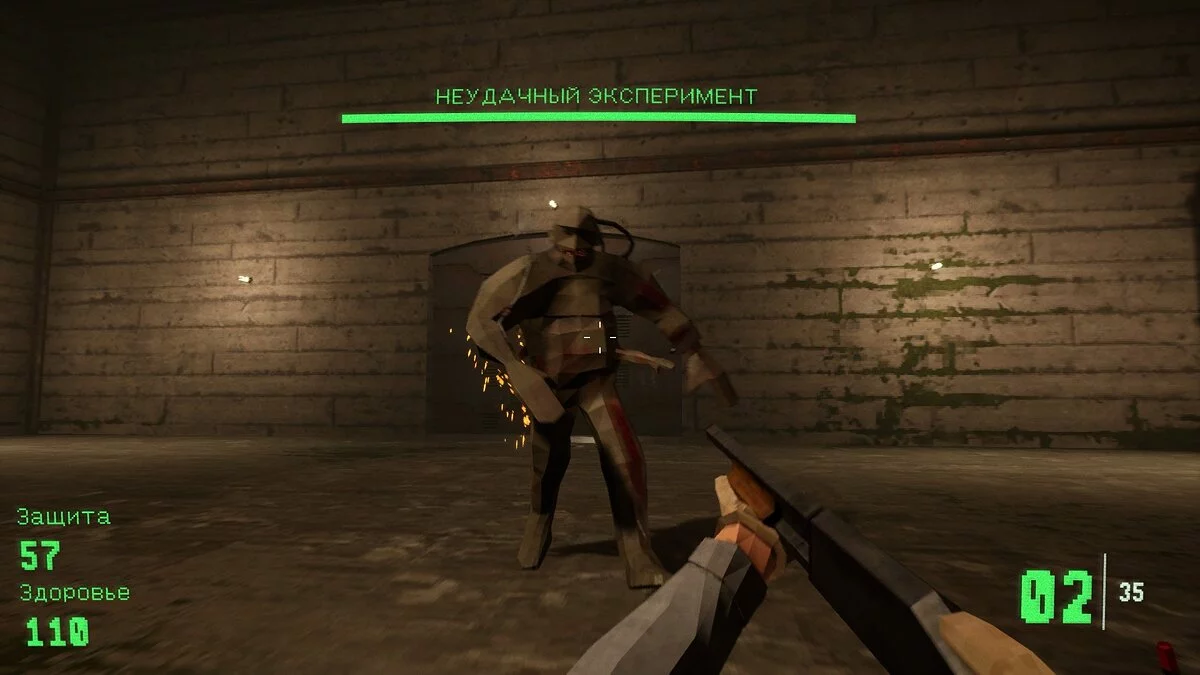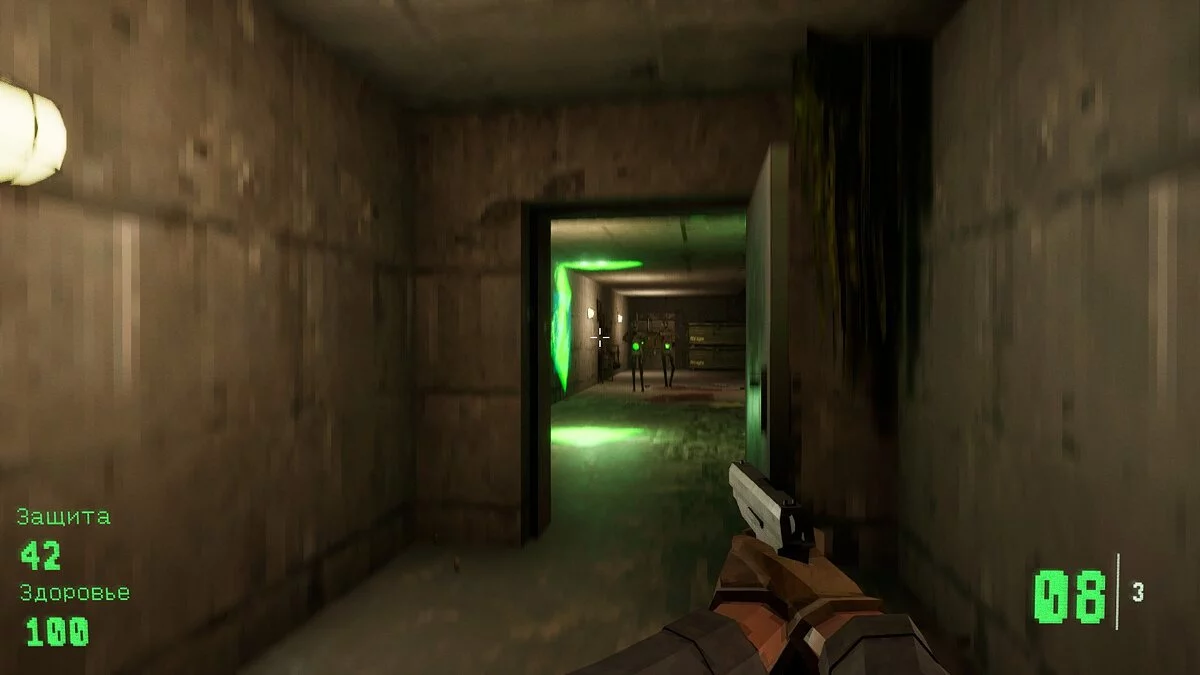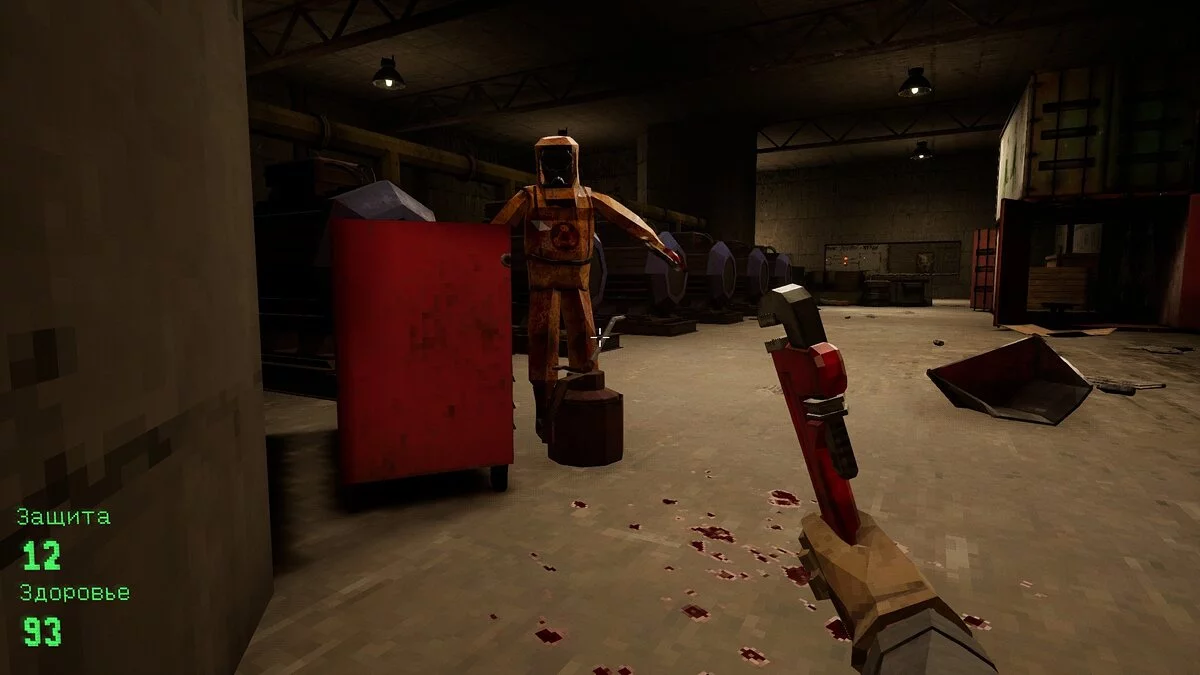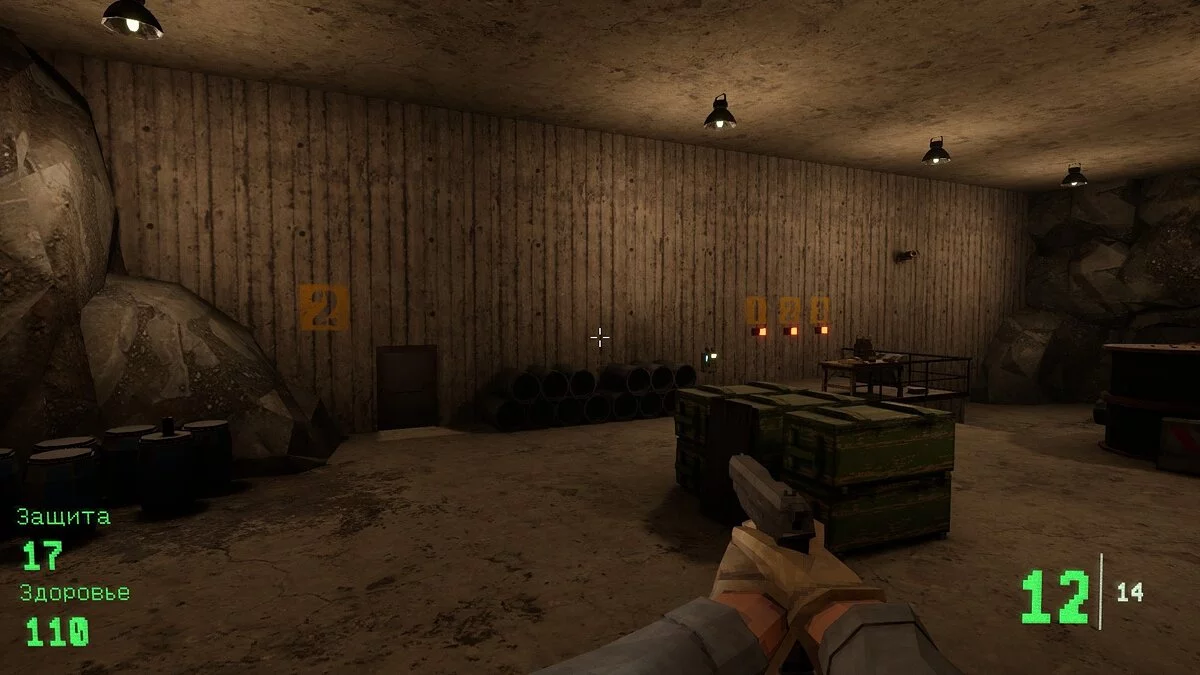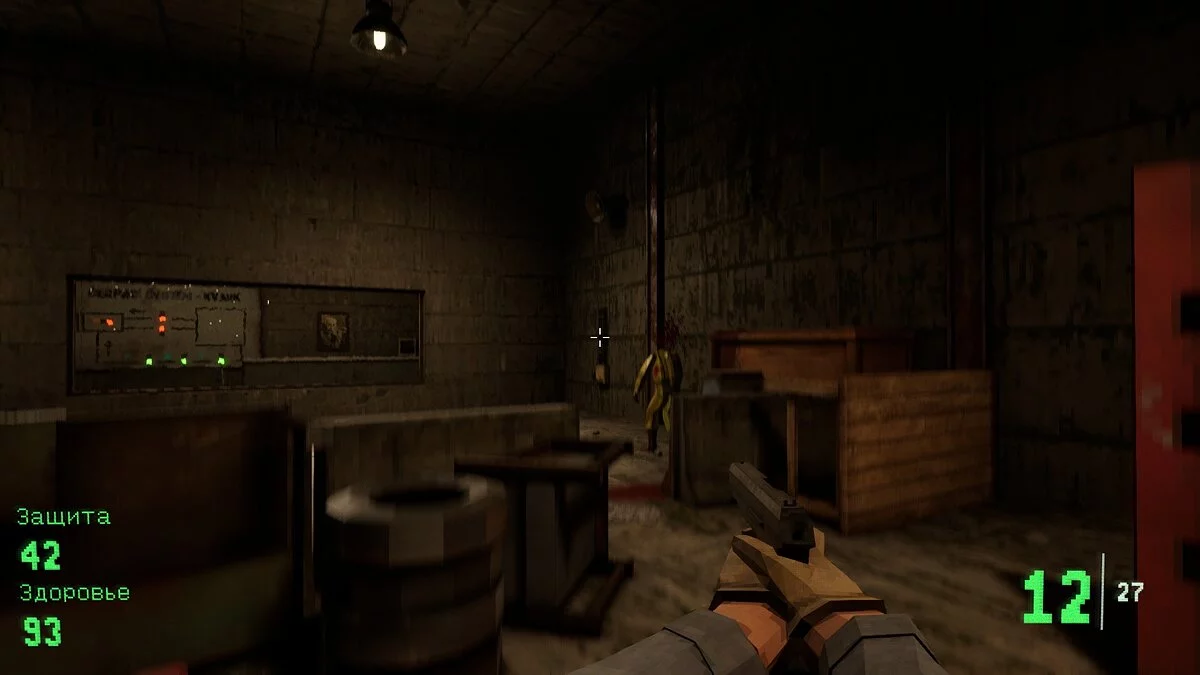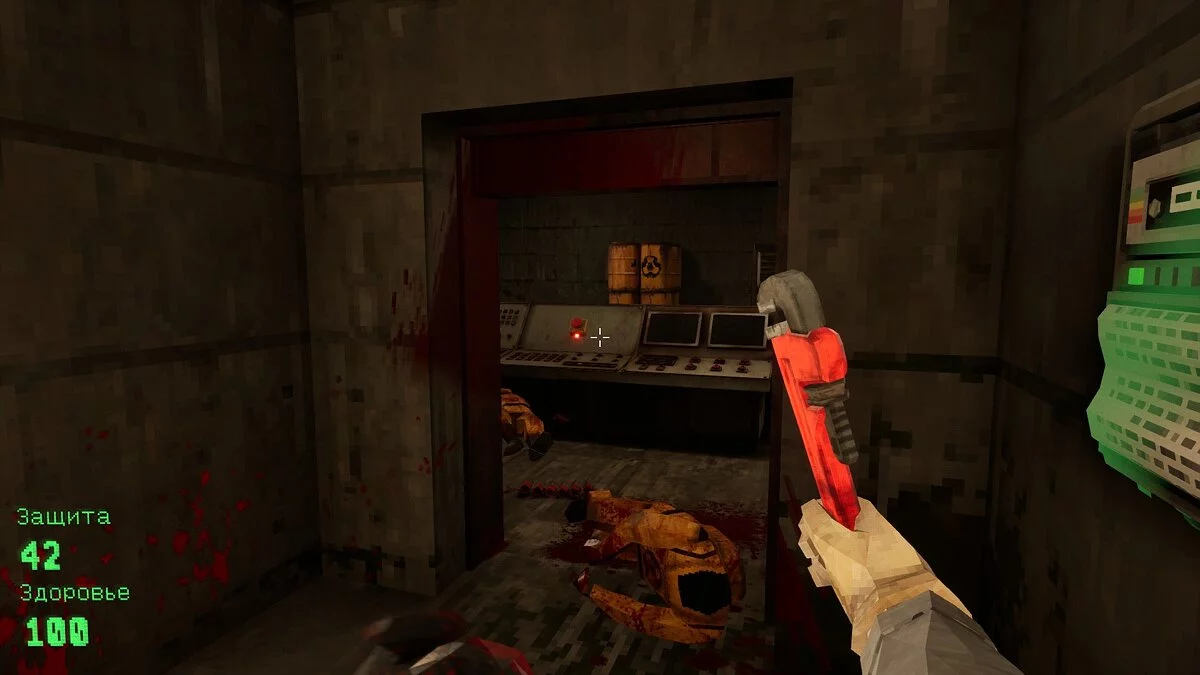Played Kvark: A Nostalgic Throwback to Classic FPS or Just Another Generic Shooter?

The first-person shooter Kvark has launched on Steam, set in a closed industrial site in an alternate-reality Czech Republic. After an accident, the main objective is to escape the trap. Judging by reviews, the game captures the spirit of '90s shooters: fast-paced gunfights, exploding barrels, and hidden secrets. Is there more to it than nostalgia? Find out in our impressions!
Kvark plays like most early shooters: run forward, kill everything trying to kill you, and pick up scattered ammo, medkits, and armor. The level design is on point — something useful is bound to be hidden among heaps of junk, making you check every corner and piece of scenery. You can also spend some cracking another secret area to grab bonuses. Medkits, armor, and upgrade items are standard, but with some skill, you can find weapons that make survival easier. Weapons in hidden stashes are usually better than those found throughout the story.
Though it follows in the footsteps of Doom, Quake, and Half-Life, this game is more like a second-tier '90s FPS. It doesn't come close to the standout games of that era. Back then, studios had the resources to develop immersive worlds, scripted stories (even though notes, audio logs, and terminal messages), complex quests, a vast weapon arsenal, and intricate secrets. Kvark doesn't offer any of this.
The game is so unoriginal that it becomes a plus. Everything in it, the entire game design, feels intuitive on a reflex level:
- Enemies blow apart with satisfying headshots? Of course.
- Do you need to count bullets and aim for the head? Absolutely.
- Melee combat, Half-Life style? Yep — with a wrench instead of a crowbar.
- A minimalist weapon set, but each gun has a unique feel? Present.
- No complex mechanics or frantic pace like in Doom Eternal? That's right.
- Simple secrets that are still fun to discover? Naturally.
- Post-apocalyptic world with communist aesthetics? Here you go.
- Exploding red barrels? Put two right under enemies' feet.
- A starting prison scene like in The Elder Scrolls? Obviously!
- A perk system that boosts various gameplay elements (sprint speed, damage, health, armor, etc.), with perks obtained by injecting the classic radioactive mutagen via syringes? Of course!
It feels like the game tempo and player engagement were largely ignored. Enemy density is low, but swarms of opponents regularly spawn after any action. The level design is simple and linear, navigation reduced to occasional signs pointing «Forward», although it's hard to get lost here. The game design feels primitive — look at the frustrating «trick» of removing all your weapons and supplies at the start of each act!
Visual style? A post-apocalyptic blend of Soviet-era Europe and classic American Fallout. Enemies seem borrowed from various franchises: melee attackers resemble Gordon Freeman in his iconic orange suit with a massive «visor». Heavier enemies wear hazmat suits like stalkers, while raiders look like Fallout characters. There's even a ghoul variant — primitive, radiation-slinging ex-employees who disregarded safety protocols.
Each enemy is programmed to perform one function: some rush at you in a Zerg rush style, others tank damage, some bots fire from cover, mutants hurl harmful substances, and drones spray bullets from above, with turret placements that require you to inch forward, only to crawl to another position after a few missed shots.
The weapon selection is simple: wrench, pistol, assault rifle, two shotguns, sniper rifle, and an electric gun. The firearms feel different, but Kvark is far from good gunplay standards. This is probably the most disappointing part of the game, as classic shooters always nailed their gunplay.
Here, ammo scarcity forces frequent switches to simpler weapons, or even hand-to-hand combat. Shootouts boil down to «who sees whom first» — there's no cover system, dodging, or bullet physics. Damage registers even behind cover. There's no point in tactical crouching like Sam Fisher; it's better to take out enemies quickly.
The game lacks any physics. And not just because enemies sometimes stand for seconds after a headshot, becoming bullet shields. There's no hit response when shooting enemies, nor any impact from the protagonist's movement, making firefights feel underwhelming.
When a game like this takes 8–10 hours to complete, these drawbacks feel minor. But Kvark is long-play, especially for indie standards. Finishing it takes around 20 hours, so having expectations is reasonable. As for gameplay, it's straightforward. Story? Don't expect anything gripping: killing everyone to escape is about as deep as it goes. Some atmosphere added through audio logs, occasional voice messages, and mutterings from a radio announcer.
***
So, Kvark belongs to our time but isn't among the best in its genre — even by 30-year-old standards. Who would enjoy this? Anyone looking for a simple, low-demand shooter for a couple of evenings. Step in if you're seeking a break from immersive mechanics or if arthritis tough your keyboard acrobatics. We recommend playing on high difficulty — only then will the game offer any challenge, and you won't find yourself staring at wall textures.

